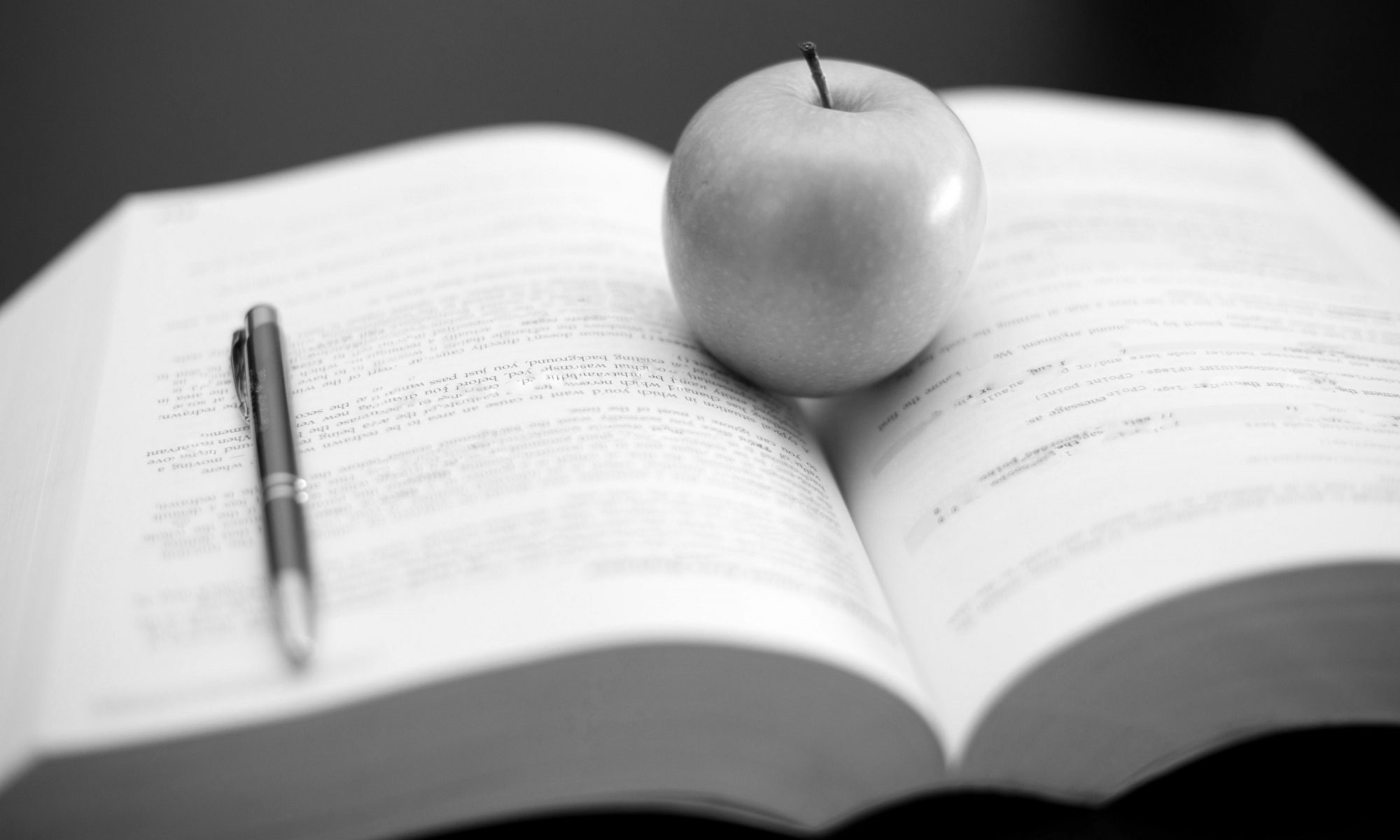Previously, I’ve written about my workload. As I begin to prepare for Fall 2020, I’ve been thinking about how I can design classes that will avoid the COVID chaos of Spring 2020.
Like everyone else, my time commitment to my classes increased dramatically once we went online due to the COVID-19 closures and quarantine in the spring. In addition to all the work needed to convert my face-to-face classes online, there were other issues. Rather than have a relatively set schedule for work, we moved into a 24/7 environment that has broken apart our already porous academic work and non-academic lives.
As others have said, this the result was not the same as just teaching online classes. Rather, it was “emergency remote teaching.” It was bad for faculty, and it was bad for students either. It involved a lot of work restructuring our classes and helping students transition to this situation. That transition led to confusion for many students, as the course was now essentially a different class.
Yes! This is emergency remote teaching. It’s not online teaching. Stop calling it what it is not. https://t.co/z3aCokY5cq
— Dr. Stephanie Medley-Rath (@learnsociology) March 29, 2020
Below is a histogram that illustrates the increase in student emails once we were 100% online. The number of emails nearly tripled. Basically, doing the right thing as an educator – being responsive and accomodating to students – meant exhaustion and burn out. The important thing here is I never got a “day off” from student emails. The figure below does not even include other work-related emails. The result was work became constant, while my child’s daycare was closed. This made things super chaotic for both me and my wife.
For the record, when I teach 100% online classes that were designed to be online from the beginning, I don’t get the same number of emails. Again, emails are only one indicator of increased workload. However, for this blog post, it was the easiest one to quantify.
It should be noted that due to declining enrollment and other reasons, I had a substantially lower number of students than usual. An increase of 1.5x to 2x the number of students with the same rate of student emails would have been absolutely devastating. In other words, I really dodged a bullet this semester.
That said even with this decline in my class sizes, my department still does a much heavier load than others. The reason for the inclusion of Fall 2010 below is because the PA State System of Higher Education has been using numbers from that year to calculate an ideal student-to-faculty ratio for financial reasons. Ultimately, my point is that the burden – which was already uneven – was magnified by the crisis.
| FTE Students Taught /Instructional Faculty FTE | ||||
| FALL 2010 | FALL 2017 | FALL 2018 | FALL 2019 | |
| ANT/SOC | 48.36 | 37.57 | 36.00 | 31.38 |
| College of Liberal Arts & Sciences | 25.16 | 20.71 | 20.97 | 20.03 |
At present, it is not clear what my university is going to do this fall. Yes, I’m privileged to still have a job and tenure. However, it appears that they may go with hybrid classes in which half the class attends in person and the rest view the lecture online. This is the only way there can be social distancing given the rooms available. This looks a lot like single classes being split into two sections – thus increasing my existing 4/4 load substantially. This doesn’t even take into consideration all the accommodations when students run into technical difficulties, or possible illness either personally or for someone close.
